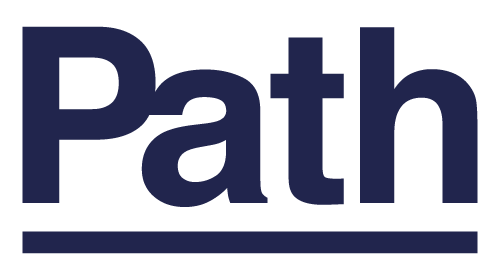Meet Luke:

He’s our Very Versatile Product Designer with a background in Industrial and Packaging Design. He has a passion for creating compelling designs and experiences that are both functionally brilliant and emotionally engaging. Oh, and he’s also our resident musician, known to occasionally transform the studio mezzanine into an impromptu jam session. Wonderwall, anyone?

One of the most exciting moments in any creative project is the first ideation session. When the team gets together in the same room armed with nothing but a great brief, a blank wall, a stack of Post-it notes and a pot of black Sharpies. The atmosphere, the flow, the banter, how it all comes together, and the way ideas fly off each other as different approaches are explored and challenged from every angle, no matter how insane. Since we went into lockdown, we have had to find new, WFH-friendly ways of continuing this familiar design practice. And, although we’ve found some pretty cool remote working alternatives, Luke felt like there was still something missing:
“I’m a thinker, a sketcher and a problem solver. Whilst I can still do all of these tasks individually at home, nothing can compare to the collaborative magic of a group ideation session. A team of passionate designers sketching, scribbling and bouncing ideas around the room might seem like chaos to the untrained eye, but it is during these key workshops that an idea is born and then shaped into an iconic design.
Working from home has completely changed how we do these ideation sessions. We no longer share the same space, so we have adapted our ways of working and now rely on collaborative online tools like Miro.
We love Miro. In fact, in many ways it has actually made us more efficient. But one thing we feel that it hasn’t managed to replace yet is these dynamic Post-it sessions. The unconstrained ideation environment has been replaced by the new “formal” set-up – featuring a computer screen, a mouse and a keyboard. This barrier has taken away some of the freedom and energy that we would normally channel into our designs. So, is there a way to bring back the spirit of those pre-pandemic group ideation sessions, even as we continue to work from home? What could we do to help us keep that crucial moment at the start of a project dynamic, collaborative, engaging and – most importantly – human?”
Here’s Luke’s take on a possible solution. Starting with the humble Post-it note and Sharpie, he has conceptualised a device that is the right mix of analogue and digital, human and tech, organic and systematic.

The scenario he envisions features the team sitting at home, at a desk, in bed, by the window, in the garden, on the sofa – wherever feels right. Everyone is connected to a Teams call, but is using the digital Post-it notepad to share ideas.
Think, scribble, send. Think, sketch, send…
Glancing up at the computer screen now and again, where the session leader screen-shares a digital whiteboard, and connects and clusters everyone’s ideas as they come in, sometimes asking the author to explain or elaborate further. The devices are connected to Wi-Fi, so notes can be sent back and forth to be annotated and added to as each idea takes shape. Writing on the device with the Sharpie-stylus looks and feels no different to using a marker. The e-ink display has a paper-like texture with a soft glow that doesn’t strain the eye, and a light, smooth form that fits comfortably in your hand. Icons, buttons and access to extra functions like undo, copy and paste are deliberately stripped back so they don’t interfere with the creative thought process.
Sharing with the group is a gesture very much like peeling a note off the stack and handing it to session leader – a tap and swipe on the bottom-right-hand-corner of the device. The interactive displays light up in the same bright colours you’d expect to see in the Post-it range, with a white casing that’s all about positivity and possibility. The materials selected purposely avoid the super polished, sleek metallics of other tech devices, as a reminder that what goes on here doesn’t need to be perfect or finished.

